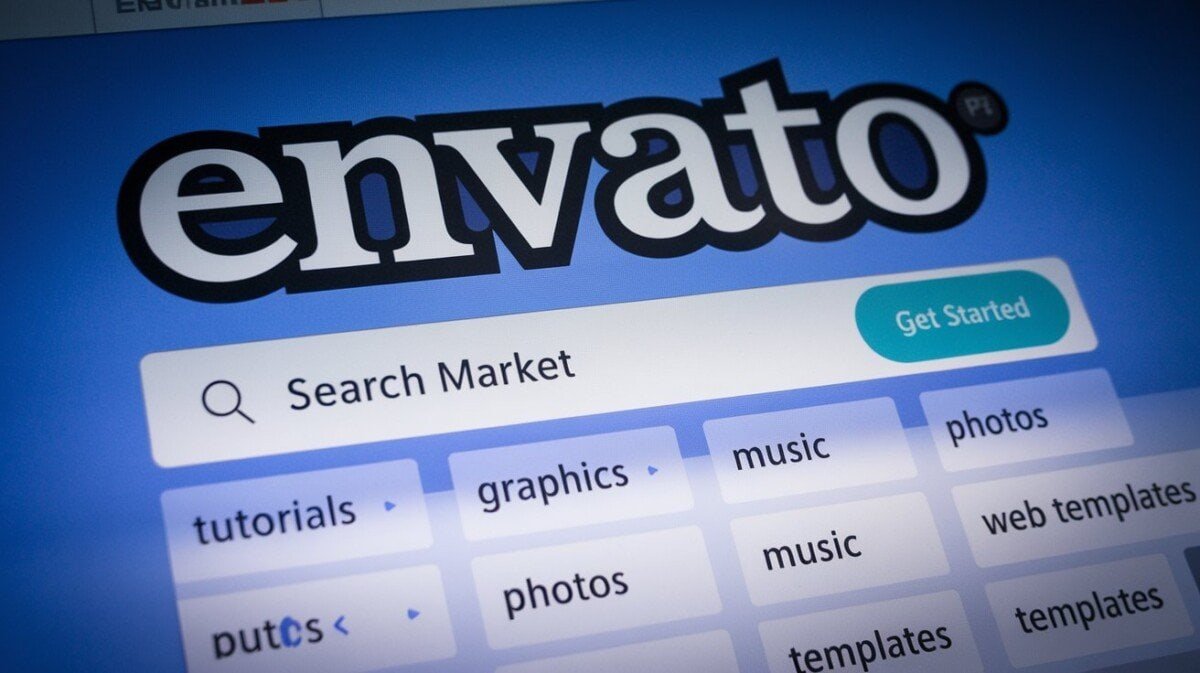We’ve all been there. Deadlines looming, team members scattered, and that sinking feeling that our project is slipping through our fingers. It’s a scenario that can make even the most seasoned professional break into a cold sweat. But what if there was a way to bring order to the chaos, to unite our team under a single, powerful platform? That’s where project management software comes in, and choosing the right one can be a game-changer for your team’s success.
In today’s fast-paced business world, effective collaboration is key. We’re constantly seeking ways to streamline our workflows, boost productivity, and keep everyone on the same page. Project management software offers a solution to these challenges, providing a centralized hub for task management, communication, and progress tracking. But with so many options available, how do we find the perfect fit for our unique needs?
Let’s embark on a journey to explore the world of project management tools. We’ll uncover the essential features that can transform your team’s efficiency, navigate the pros and cons of popular platforms, and discover how to choose a solution that aligns with your team’s habits and dynamics. Whether you’re a small startup or a large corporation, the right project management software can be the difference between project success and failure.
Key Takeaways
- Project management software centralizes tasks and boosts team collaboration
- Choosing the right tool is crucial for team productivity and project success
- Consider your team’s specific needs and work style when selecting software
- Look for features like task management, file sharing, and communication tools
- Balance functionality with user-friendliness to ensure adoption and efficiency
- Try out different options before making a final decision
- Gather team feedback to ensure the chosen tool meets everyone’s needs
Understanding Project Management Software Essentials
Project management software has changed how teams work together. These tools make workflows smoother and increase productivity. Let’s explore the main functions and benefits of these vital tools.
Definition and Core Functions
Project management software is a key place for team collaboration. It organizes projects, tasks, and deadlines in one spot. It helps structure projects, assign tasks, and manage time.
These tools have features like task dependencies, start and due dates, and file uploads.
Benefits for Team Collaboration and Productivity
Using project planning tools improves teamwork and speeds up project completion. Teams spend less time on emails and meetings. They communicate better within the software.
This approach cuts down on delays and boosts project success. For example, automated budget management tracks costs in real-time. This keeps projects within budget.
Key Features to Look For
When picking project management software, look for these key features:
- Task boards for easy progress tracking
- Gantt charts for clear project timelines
- Resource planning to avoid workload problems
- Time tracking for accurate labor cost control
- Automated invoicing for smoother billing
Workflow automation is a big deal in project management. It cuts down on manual tasks, reduces errors, and saves time. Look for software with customizable automation to meet your team’s needs.
Assessing Your Team’s Needs and Work Style

Choosing the right project management software begins with knowing your team’s needs and how they work. We must look at our current ways of working and see where we can get better. This is key to finding a tool that boosts team collaboration and fits well with what we already do. Cloudbased project management solutions are becoming increasingly popular due to their flexibility and accessibility. By considering the specific features and integrations that are important to our team, we can narrow down our options and find a solution that not only meets our current needs but also has the capability to scale as our team grows. Taking the time to evaluate different software options and seeking feedback from team members can help ensure that we make the best choice for our project management needs.
When looking at what our team needs, we should think about a few important things:
- Project complexity and size
- How we like to communicate
- How we manage tasks
- Our needs for resources
- What reports and analytics we need
To make this easier, we’ve put together a checklist:
| Requirement | Priority | Current Solution |
|---|---|---|
| Task Assignment | High | |
| File Sharing | Medium | Cloud Storage |
| Time Tracking | Low | Spreadsheets |
| Resource Allocation | High | Manual Scheduling |
By looking at these points, we can figure out what customization options are most important for us. The main goal is to find software that helps us manage resources better and supports our workflow well.
Studies show that the right project management tool can clear up confusion, cut down on delays, and make projects better overall. In fact, companies see a big boost in efficiency after using the right software. This highlights how crucial it is to pick a solution that matches our team’s specific needs and work style.
Evaluating User-Friendliness and Learning Curve

When picking project management software, focus on how easy it is to use. Easy-to-use software boosts team productivity and makes projects run smoothly. Let’s look at what makes a project tracking system user-friendly.
Importance of intuitive interfaces
Intuitive interfaces are key for fast adoption of project management tools. A good design makes it easy to start using and keeps users happy. Look for software with clear navigation, visual hints, and customizable dashboards. These help team members track tasks and project progress easily.
Considering onboarding and training requirements
Check the onboarding process and training options for each tool. Think about how long it takes for team members to get good at it. Good training programs lead to better software use and happier users. Choose tools with tutorials, guides, and support for a smooth learning curve.
Balancing functionality with simplicity
Finding the right balance between features and simplicity is crucial. Don’t overwhelm users with too many options. Focus on the tools your team really needs. Look for software that offers different views, like Gantt charts and Kanban boards, to fit different work styles.
| Feature | Importance | Impact on User-Friendliness |
|---|---|---|
| Intuitive interface | High | Reduces learning curve, improves adoption |
| Customizable dashboards | Medium | Enhances personal workflow efficiency |
| Visual task tracking | High | Simplifies project monitoring |
| Comprehensive training resources | Medium | Facilitates smooth onboarding |
| Multiple view options | High | Accommodates diverse team preferences |
Choosing Project Management Software: Key Factors to Consider

When picking project management tools, we focus on making projects clear and tracking important details. It’s important to remember that one tool might not do everything. So, using more than one tool could be needed for good management.
It’s key to match the tool with your project’s method. The software should help report on how well the business is doing. This includes money, customer happiness, and how well the team works together.
Day-to-day tasks are crucial. Look for tools that help with managing work, tracking how things work together, and handling resources. It’s important to find a balance between being easy to use and having lots of features.
| Factor | Importance |
|---|---|
| Team Collaboration | High |
| Integration Capabilities | Critical |
| User Adoption | Essential |
| Budget Considerations | Significant |
Only 23% of companies use project management tools, but 43% saw better teamwork in 2022. This led to quicker project finishes. When picking software, think about how well it integrates, manages time, and automates tasks.
Check out different platforms by reading reviews on G2, TrustRadius, and Capterra. Try the software with your team and ask for feedback. Also, think about the cost, including what you pay now and in the future.
Comparing Popular Project Management Tools
Teams are now using project management platforms more than ever. We’ll look at some top choices to help you pick the best software for your team.
Overview of Top-Rated Solutions
Our research found monday.com as the top project management software with a score of 4.7/5. Other top tools include Jira, Asana, ClickUp, Trello, and Basecamp. These apps help with automation, teamwork, and visualizing data to make your projects smoother.
Pros and Cons of Leading Platforms
Monday.com is known for being customizable and easy to use. Jira is a great value, scoring 4.8/5 for its price. Asana and ClickUp are strong in task management, while Trello is simple and easy to understand. Think about what your team needs when picking a tool.
Pricing Structures and Plans
Pricing for project management software varies a lot. For a team of 15, costs can be between $60 to $170 per month. If you have a small team, you might find free plans. Jira starts at $5 per user monthly, and ActiveCollab is $3.17 per member per month annually. Look at all the features, like budgeting and risk tools, when comparing prices.



